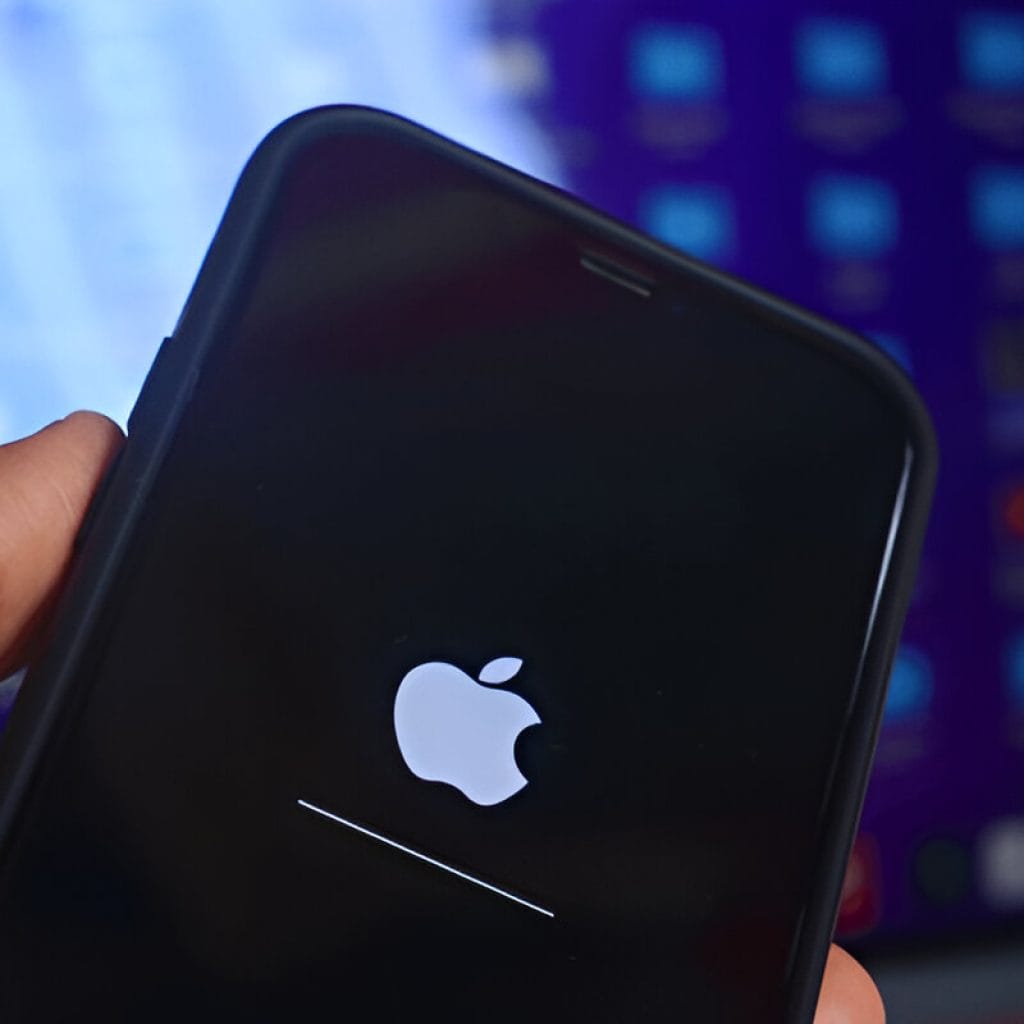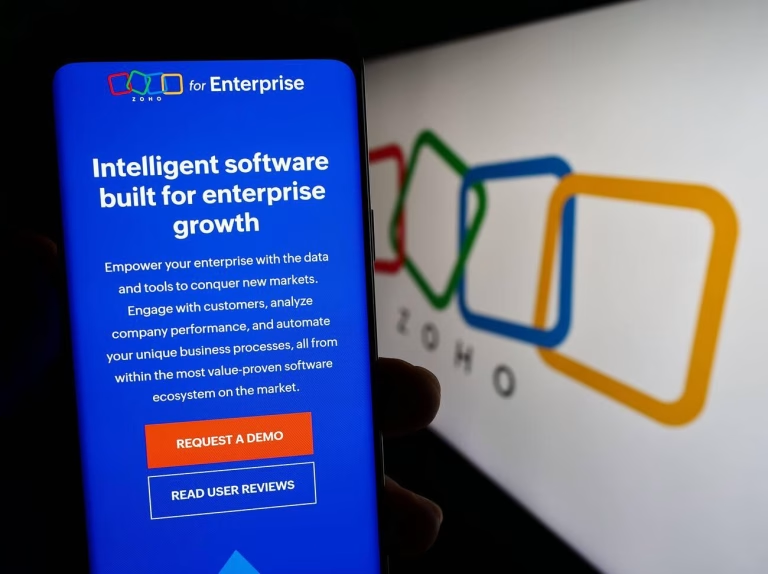Introduction
Apple has once again captured the spotlight with the launch of its latest smartphone, the iPhone 17 Air. The event, watched by millions worldwide, introduced a device that promises new features, improved performance, and a fresh design. For tech enthusiasts, investors, and everyday consumers, the launch has generated curiosity and debate over what this model brings to the table.

The iPhone 17 Air comes at a time when smartphone markets are fiercely competitive. Rivals are pushing innovative features, and customers have higher expectations than ever. Apple’s announcements are not just about hardware—they also signal where the company is heading in terms of technology, sustainability, and user experience.
In India, anticipation is particularly high. With the country emerging as one of the largest smartphone markets in the world, consumers are keen to see pricing, availability, and whether the device suits local needs. Early pre-orders and discussions on social media indicate a strong interest that could shape sales in the coming months.
This article will explore the iPhone 17 Air’s features, the highlights from today’s launch event, price and availability in India, market reactions, and how it compares to previous iPhone models.
iPhone 17 Air: Key Features
The iPhone 17 Air introduces several notable upgrades over its predecessors. Apple has focused on performance, display quality, and camera improvements, aiming to attract both casual users and tech enthusiasts.
One of the standout features is the new A21 Bionic chip, which promises faster processing and better energy efficiency. Apple claims the chip allows smoother multitasking, higher frame rates in gaming, and improved support for artificial intelligence applications. This makes the device more capable of handling demanding apps without compromising battery life.
The design has also seen changes. The iPhone 17 Air is slightly slimmer and lighter than the previous model, making it easier to hold for extended periods. It continues to use ceramic shield technology, providing better protection against drops and scratches. The edges have been refined for a sleeker look, and new color options give consumers more choices for personalization.
Camera improvements are another major focus. The device features a triple-lens system with enhanced low-light performance, optical image stabilization, and improved computational photography. Apple has also upgraded video recording capabilities, adding features that appeal to creators and content producers.
The display is now 120Hz adaptive refresh rate, which provides smoother scrolling, better responsiveness for gaming, and improved visual clarity for videos. Combined with higher brightness and improved color accuracy, it offers a noticeably better viewing experience.
Other features include improved Face ID recognition, longer battery life, and enhanced wireless connectivity with 5G and Wi-Fi 7 support. Apple has also emphasized sustainability, noting that the iPhone 17 Air uses recycled materials in its construction.
Overall, these upgrades show Apple’s intent to refine performance, improve user experience, and maintain its competitive edge in the premium smartphone market.
Launch Event Highlights
Apple’s launch event for the iPhone 17 Air was a carefully staged presentation, streamed live to millions of viewers around the world. The company focused on showcasing how the new device blends performance, design, and user experience.
During the keynote, Apple executives highlighted the A21 Bionic chip, emphasizing its speed and efficiency. Demonstrations included gaming performance, multitasking, and AI-driven features such as real-time translation and improved photo processing. The company also showcased enhanced camera capabilities, including cinematic video recording and advanced low-light photography, illustrating the device’s appeal to both casual users and content creators.
Design changes were also prominently featured. Apple emphasized the slimmer profile and lighter weight of the iPhone 17 Air, along with new color variants. The presentation included side-by-side comparisons with the previous iPhone model, showing the difference in display clarity and edge design. The 120Hz adaptive refresh rate was highlighted during live demonstrations of gaming and video playback, offering viewers a clear sense of smoother visuals.
Apple also introduced software enhancements exclusive to the new model. These included updates to iOS for better multitasking, security features, and integration with other Apple devices. The company underlined its commitment to sustainability, noting that recycled materials were used in the device’s construction and packaging.
Finally, the event included details on accessories and compatibility with existing Apple devices. New MagSafe accessories were presented, and improvements in battery life and wireless charging were highlighted. Throughout the event, Apple focused on positioning the iPhone 17 Air as a device that balances performance, style, and environmental responsibility.
The launch was received with enthusiasm by tech media and analysts, with many praising the incremental but meaningful improvements, signalling that Apple is continuing its focus on refinement rather than radical redesign. For official specifications, visit Apple’s iPhone 17 Air page.
Price and Availability in India
The iPhone 17 Air is set to reach Indian consumers with considerable anticipation. Apple confirmed that pre-orders will open on September 12, and the device will be available in stores starting September 19. Retailers in major cities, as well as Apple’s online store, will stock the device from launch day, ensuring wide accessibility for customers across the country.
Pricing has been a focal point for Indian consumers. The base model of the iPhone 17 Air is expected to start at ₹1,09,900, with higher storage variants priced above ₹1,30,000. While premium, the pricing reflects Apple’s positioning of the iPhone 17 Air as a flagship device in the high-end smartphone segment. Analysts note that the cost aligns with Apple’s historical trend of targeting affluent and aspirational buyers in India’s growing smartphone market.
Apple has also announced that EMI options, trade-in programs, and financing schemes will be available to make the device more accessible. Consumers upgrading from older iPhones can exchange their devices for credit, reducing the effective purchase price. Several authorized resellers are offering additional offers, including bundled MagSafe accessories and extended warranty options, aimed at enticing early buyers.
In addition to retail and online stores, Apple’s official website will provide direct delivery options, and support for AppleCare+ will be available from day one. With India emerging as one of the fastest-growing smartphone markets globally, the iPhone 17 Air launch is seen as a strategic move to maintain Apple’s premium presence and compete with rivals offering flagship devices at lower price points.
Overall, the combination of structured availability, financing options, and brand positioning ensures that the iPhone 17 Air is poised to attract both loyal Apple users and first-time buyers looking for a high-end smartphone experience in India.
Market Reaction
The announcement of the iPhone 17 Air has generated significant attention in India and across the global tech community. Social media platforms are already buzzing with discussions about its features, performance, and design, reflecting the strong anticipation for Apple’s latest device. Early reactions suggest a mix of excitement and critical evaluation, typical for flagship product launches.
Tech analysts have highlighted the A21 Bionic chip and improved camera system as key selling points. Many note that while the iPhone 17 Air does not radically redesign the iPhone experience, the incremental upgrades—faster processing, smoother display, and better battery efficiency—will likely appeal to both existing Apple users and potential switchers from Android devices. Reviewers are also emphasizing the improved low-light camera performance, which could attract photography enthusiasts and content creators.
Consumer sentiment appears largely positive. Early pre-order numbers and expressions of interest indicate that the device will likely perform strongly in India’s premium smartphone segment. Online forums and review sites show that buyers are particularly focused on display enhancements, design refinements, and sustainability initiatives highlighted by Apple. Trade-in programs and EMI options are expected to further boost early adoption.
Financial analysts have also weighed in, noting that the launch may strengthen Apple’s position in India, one of the fastest-growing smartphone markets. Some caution that the premium pricing may limit adoption among cost-sensitive buyers, but most agree that brand loyalty and Apple’s ecosystem will continue to drive sales.
Overall, the market reaction illustrates that Apple’s strategy of refining its flagship line rather than pursuing radical redesigns has been effective. Consumers, reviewers, and analysts alike are acknowledging the balance of performance, aesthetics, and usability that the iPhone 17 Air offers. For expert opinions, see TechRadar’s review.
Comparisons with Previous Models
The iPhone 17 Air builds upon the foundation set by Apple’s previous models, offering refinements that distinguish it from both the iPhone 16 series and earlier devices. While the design remains recognizable, subtle changes enhance usability and aesthetic appeal. The device is slightly lighter and slimmer than the iPhone 16, making it easier to hold for extended periods. New color options and a more polished finish provide a modern look that reflects current design trends.
Performance is another area where the iPhone 17 Air stands out. The A21 Bionic chip offers faster processing speeds and improved energy efficiency compared to the A20 used in the previous generation. This results in smoother multitasking, better gaming experiences, and more efficient handling of AI-based applications. Battery life has also been extended slightly, allowing users to enjoy longer usage without frequent recharging.
Camera upgrades are notable. While the iPhone 16 introduced dual-lens improvements, the iPhone 17 Air’s triple-lens system enhances low-light photography, optical image stabilization, and cinematic video recording. Users switching from older models will notice sharper images, better color accuracy, and improved performance in varied lighting conditions.
Display improvements further differentiate the 17 Air. The new 120Hz adaptive refresh rate offers smoother scrolling, more responsive touch input, and enhanced video playback compared with the 60Hz or 90Hz displays in earlier devices. Color accuracy and brightness levels have also been increased, making content look more vivid and immersive.
Overall, while Apple has avoided radical redesigns, the iPhone 17 Air delivers meaningful upgrades in performance, camera capabilities, display, and user experience. For users of older iPhones, the improvements make upgrading an appealing choice, while those who recently purchased iPhone 16 models will find the enhancements subtle but noticeable.



